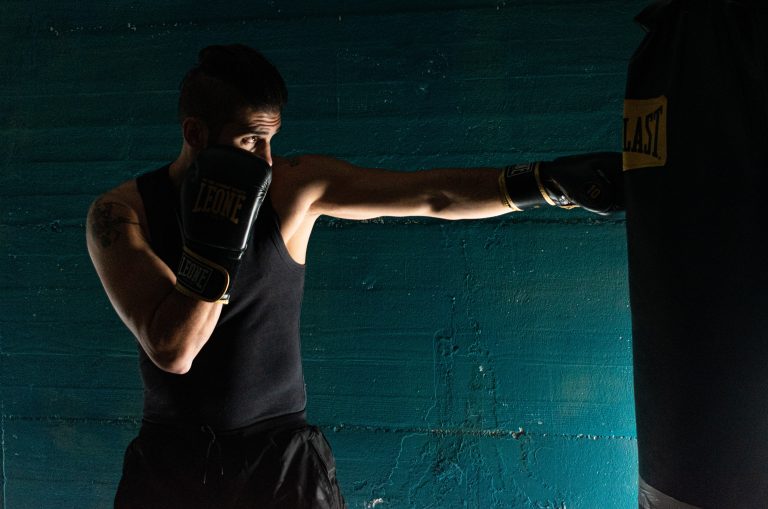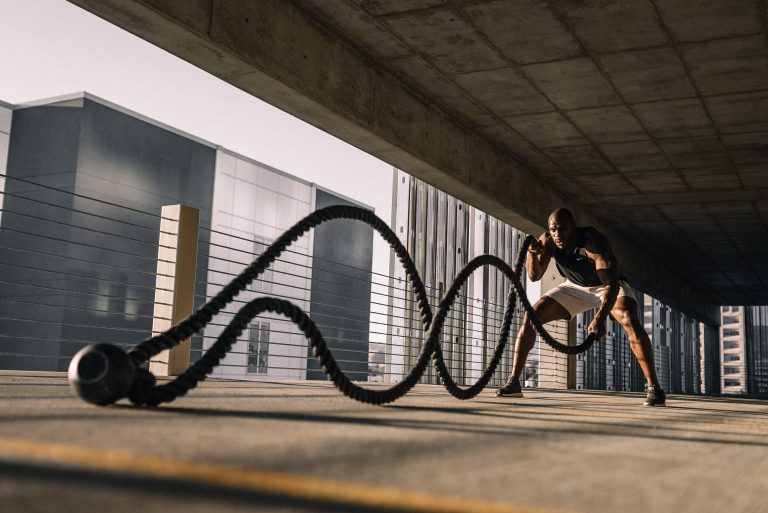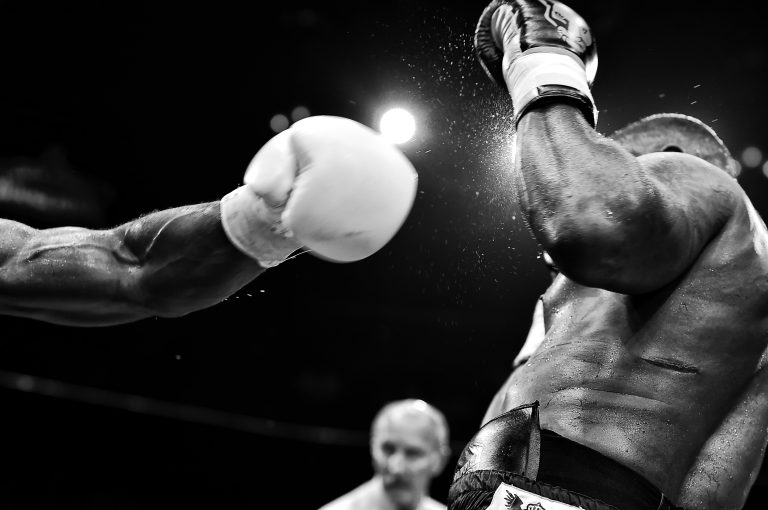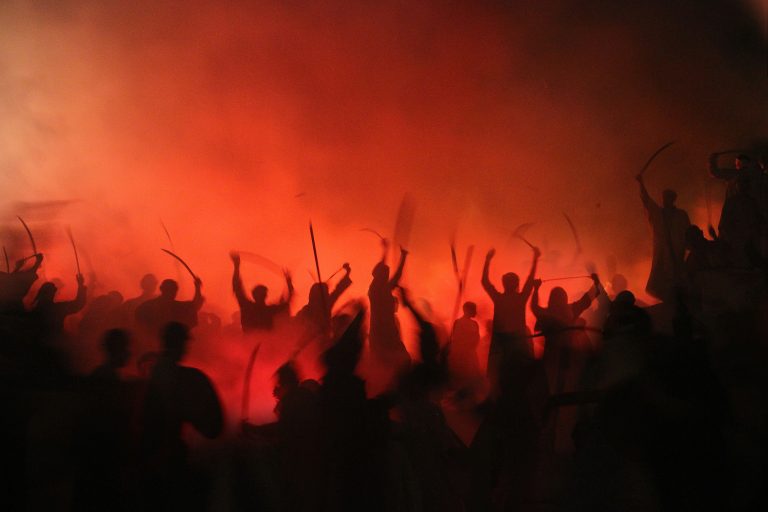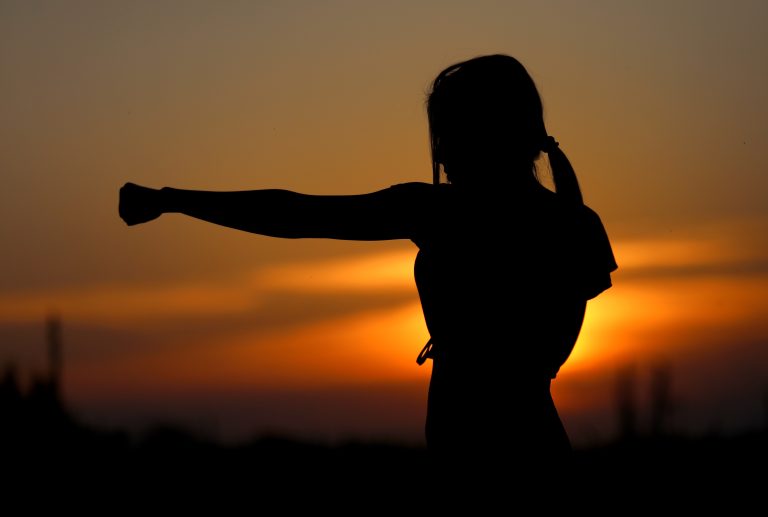Unterschiedliche Arten von Karate-Stilen
Karate ist eine japanische Kampfkunst, die in den letzten Jahrzehnten weltweit immer populärer geworden ist. Diese Kampfkunst wird jedoch nicht nur in Japan praktiziert, sondern auch in vielen anderen Ländern unterrichtet. Je nach Region und Lehrer gibt es jedoch verschiedene Arten von Karate-Stilen, die sich in Techniken, Regeln und Wettkämpfen unterscheiden. In diesem Blogbeitrag werden wir uns einige der bekanntesten Karate-Stile ansehen.
Shotokan-Karate
Shotokan-Karate ist einer der bekanntesten Karate-Stile und wurde vom japanischen Meister Gichin Funakoshi entwickelt. Dieser Stil ist bekannt für seine kraftvollen Bewegungen und seine Fähigkeit, die körperliche Fitness zu erhöhen. Shotokan-Karate ist auch für seine traditionellen Techniken sowie seine Wettkämpfe weltweit bekannt.
Goju-Ryu-Karate
Goju-Ryu-Karate ist ein japanischer Karate-Stil, der ebenfalls von Gichin Funakoshi entwickelt wurde. Dieser Stil legt besonderen Wert auf die Atmungstechnik, die Beweglichkeit und die Abwehrtechniken. Goju-Ryu-Karate-Training beinhaltet auch das Üben von Kata (festgelegten Bewegungen) und Kumite (Kampftraining).
Shito-Ryu-Karate
Shito-Ryu-Karate wurde in den Jahren nach dem Zweiten Weltkrieg von einem japanischen Meister namens Kenwa Mabuni entwickelt. Dieser Stil beinhaltet eine umfassende Ausbildung in den Techniken des Karate und berücksichtigt auch verschiedene andere Kampfkünste wie Judo und Aikido. Shito-Ryu-Karate wird in vielen Ländern, einschließlich Europa und den USA, unterrichtet.
Wado-Ryu-Karate
Wado-Ryu-Karate ist ein japanischer Karate-Stil, der von dem Meister Hironori Ohtsuka entwickelt wurde. Dieser Stil kombiniert die Techniken des Karate mit Elementen aus dem Jujutsu-Stil. Wado-Ryu-Karate zeichnet sich durch seine schnellen Bewegungen, Atmungstechniken und seinen Fokus auf Selbstverteidigung aus.
Kyokushin-Karate
Kyokushin-Karate ist eine moderne Form des Karate, die in den 1960er Jahren von dem japanischen Meister Masutatsu Oyama entwickelt wurde. Dieser Stil legt besonderen Wert auf körperliche Fitness und Ausdauer und beinhaltet auch das Training von realistischen Kampfsituationen. Kyokushin-Karate hat auch eine eigene Wettkampfform, bei der Kämpfer ohne Schutzkleidung gegeneinander antreten.
Fazit: Es gibt viele verschiedene Karate-Stile, von traditionell bis modern. Jeder Stil hat seine eigenen Techniken, Regeln und Wettkämpfe. Es liegt an jedem Einzelnen, den Stil zu wählen, der am besten zu seinen Zielen und Wünschen passt.
The Most Frequently Asked Questions about Unterschiedliche Arten von Karate-Stilen
Karate is a martial art that originated in Japan and involves various techniques of striking, grappling, and blocking. There are many different styles of karate, each with its unique features and characteristics. Here are the most frequently asked questions about different types of karate styles that every karate enthusiast should know.
What are the Different Types of Karate Styles?
There are many different types of karate styles that have evolved over time. Some of the most popular styles include Shotokan, Goju-ryu, Wado-ryu, Shito-ryu, Kyokushin, and Isshin-ryu.
Shotokan
Shotokan is one of the most popular types of karate and was developed by Gichin Funakoshi. This style is characterized by its strong and fast strikes, deep stances, and linear movements.
Goju-ryu
Goju-ryu is a style of karate founded by Chojun Miyagi. This style is known for its circular movements, breathing exercises, and emphasis on both hard and soft techniques.
Wado-ryu
Wado-ryu is a style of karate founded by Hironori Otsuka. This style is based on the principles of taijutsu, which emphasizes the use of body movement and leverage to overcome opponents.
Shito-ryu
Shito-ryu is a style of karate founded by Kenwa Mabuni. This style combines techniques from both traditional Okinawan karate and Chinese martial arts.
Kyokushin
Kyokushin is a full-contact style of karate developed by Masutatsu Oyama. This style emphasizes physical conditioning, practical self-defense techniques, and a comprehensive range of kicking and striking techniques.
Isshin-ryu
Isshin-ryu is a hybrid style of karate developed by Tatsuo Shimabuku. This style combines the circular movements of Goju-ryu with the linear movements of Shotokan.
What is the Difference Between Traditional and Sport Karate?
Traditional karate focuses on self-defense, discipline, and character development, while sport karate emphasizes competition, rules, and winning. Traditional karate includes kata, which are pre-arranged sequences of techniques designed to simulate actual combat, and kumite, which is a form of sparring that involves controlled contact.
Sport karate includes different formats of sparring such as point sparring, full-contact sparring, and continuous sparring. Sport karate also includes forms, aka taolu or poomsae, which are pre-arranged sequences of techniques designed to showcase skills, but not necessary to prepare for real combat.
What are the Benefits of Karate?
Karate provides numerous physical and mental benefits, including:
Physical Benefits
- Improved strength, endurance, and flexibility
- Increased cardiovascular health
- Enhanced agility, coordination, and balance
- Reduced risk of obesity, diabetes, and other chronic diseases
- Better hand-eye coordination and motor skills
- Improved self-defense skills and reflexes
Mental Benefits
- Increased discipline and self-control
- Improved focus and concentration
- Higher levels of self-confidence and self-esteem
- Reduced levels of stress and anxiety
- Better decision-making skills
- Stronger emotional resilience and empathy
What is the Best Way to Learn Karate?
There are many ways to learn karate, including:
Joining a Karate Dojo
The best way to learn karate is to join a reputable karate dojo that offers instruction from certified and experienced instructors. A dojo provides a structured environment for learning and practicing karate, as well as opportunities for testing and ranking.
Attending Workshops and Seminars
Mini wokshops or seminars can enhance regular karate training, in addition to attending regular class. Workshops provide an opportunity to learn from different instructors and styles, as well as to practice with other students from different dojos.
Online Karate Training
Online karate training, such as instructional videos or e-books, can supplement other training, but are not recommended for beginners, who need more personal instruction.
Conclusion
Karate is a martial art that provides numerous physical and mental benefits. Different types of karate styles have their unique features and characteristics, and each student should choose the style which suits them best. Joining a reputable karate dojo and attending workshops and seminars are the best ways to learn karate and get the most out of this incredible martial art.
Inhaltsverzeichnis

